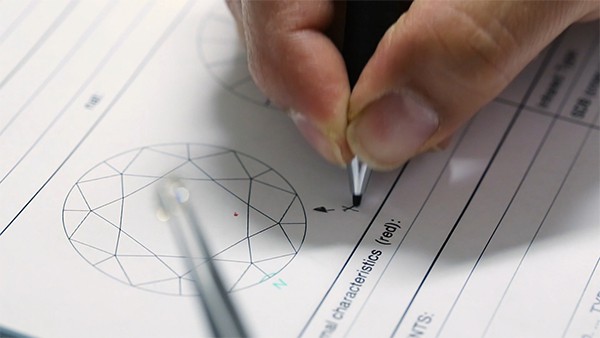Basic Gemmology course
This basic training course is an intense gemmological programme that offers an ideal introduction to gemmology over 10 days. The main topics include: identification of gemstones, diamond testing and pearl testing.
10 days, 4000.- Swiss Francs excl. VAT
Upcoming dates: 14 – 25 October 2024, 17 – 28 March 2025
Aim of this course
The aim of this course is to offer participants a broad introduction to gemmology by examining coloured gemstones, diamonds and pearls. Basic gemmological techniques will be learned in order to identify gemstones and their simulants. Students will spend a lot of time working practically on gemstones from the large SSEF collection.
Course structure
The Basic Gemmology course is designed in two parts. The first part (usually the morning session) will give you an insight into theoretical basics of the course topic. In the second part (usually during the afternoon session) you will be able to do extensive practical work using our gemmological instruments and samples from our large collection. Each participant will receive exhaustive course notes.
For additional details, please do not hesitate to contact us
Day 1 – Introduction to Gemmology
- Introduction of gemstones and basic gemmological instruments: application, results, identification, limitations.
- History and mining of gemstones
- Using gemmological tables and reference books
- Practical training

Day 2 – Identification of rough gemstones using classical instruments
- Use of loupe, microscope, refractometer, polariscope, spectroscope
- Features of a rock, a crystal, a pebble and a fragment
- Short introduction into geology of gemstone deposits
- Crystal growth, shape and symmetry of crystals
- Fracture and cleavage, colour and transparency, inclusions
- Which kind of information can you get when testing rough stones
- How to distinguish synthetic rough stones from natural ones
- Practical training
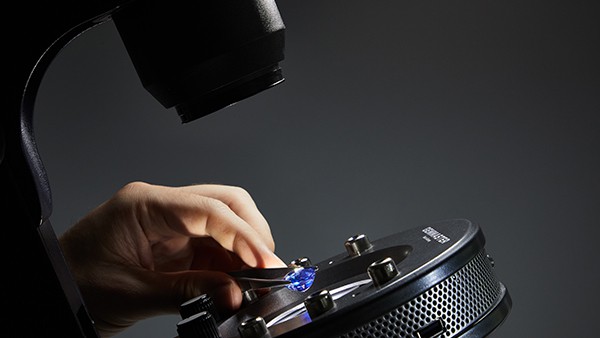
Day 3 – Practical Training
- Testing numerous gemstones from course collection with different instruments
- UV-lamp and other instruments
- Identification of gemstones using worksheet
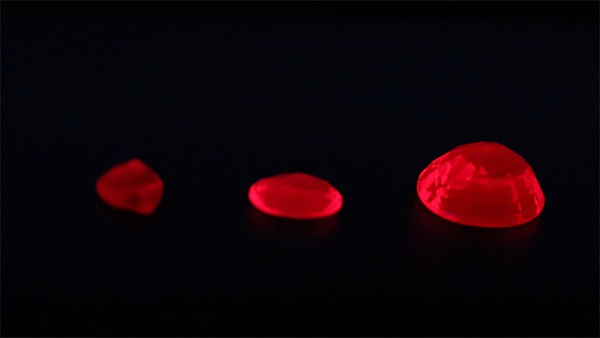
Day 4 – Natural gemstones, synthetics, and artificial products
- Definitions of natural gemstones, synthetics and artificial products
- Techniques for synthesis
- Synthetic growth conditions
- Typical features of synthetic materials and their identification
- Use of microscope to identify inclusions in natural and synthetic samples
- Practical training with synthetic samples
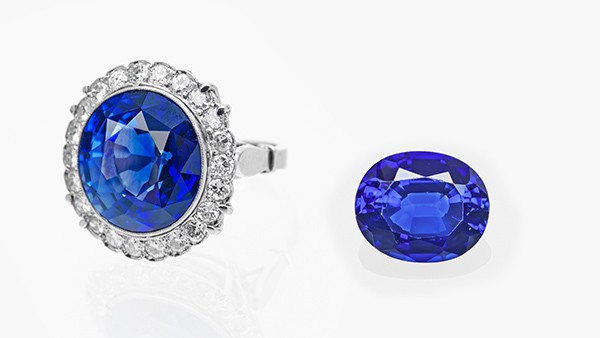
Day 5 – Gemstone treatments
- General introduction into most common gemstone treatments (e.g. beryl, corundum, diamond, jade, topaz…)
- The thermal enhancement of corundum
- The fracture filling of emeralds (beryl)
- How to detect fracture fillings in emeralds and quantify the filler
- Disclosure of enhanced sapphires, rubies and emeralds after CIBJO and LMHC rules
- The stability of treatments
- The detection and disclosure of treatments
- Practical training using microscope on treated samples
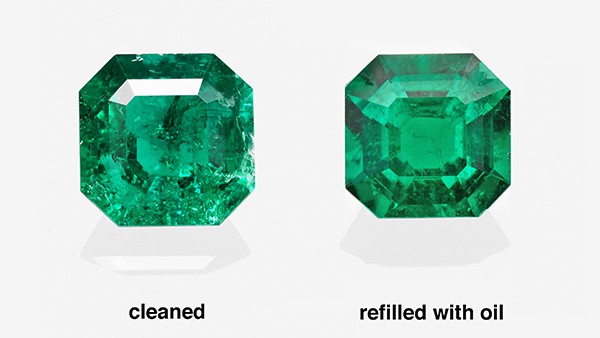
Day 6 – Practical training
- Using all gemmological instruments and microscope to identify numerous gemstones from SSEF Course collection.
- Learn to determine if studied sample is treated or synthetic
- Q&A

Day 7 – Pearls
- Definitions of natural pearls, cultured pearls and imitations
- The formation of a natural pearl
- Pearl culture techniques
- Major sources of natural and cultured pearls
- Identifying imitations (e.g. “Majorica pearls”)
- Common trade names and characteristisc of cultured pearls (e.g. Akoya-, Tahiti-, South Sea cultured pearls)
- Treatments
- Testing and identification of natural and cultured pearls (using loupe, microscope, X-radiography)
- Practical training
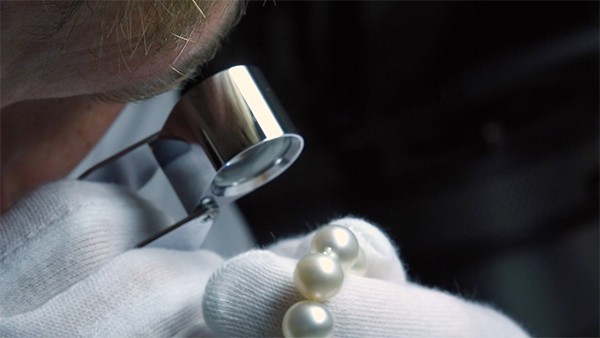
Day 8 – Diamond
- Introduction and Origin of diamonds
- Diamond mining
- The quality of the four C’s: Carat, Cut, Clarity and Colour
- The impact of the diamond grade on the value of the diamond
- Diamond grading
- Synthetic diamonds
- Diamond treatments
- Diamond imitations
- Practical training
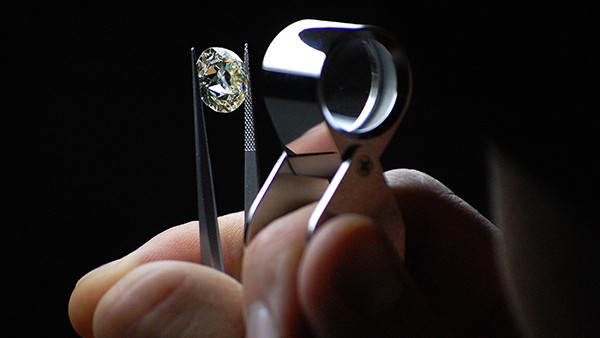
Day 9 – Workshop and practical preparation for the final exam
Day 10 – Exam for the SSEF Basic Gemmology course.
Information on dates and prices of courses: click here
